Most professions require some sort of demonstration of competence from a person wishing to practice in their particular field. Over the years these professions have codified these demonstrations. For some, as in trades, they may be practical demonstrations of competence. Others may be both written and practical, as with pilots and commercial truck drivers. And some are simply written exams.
Many of these demonstrations of competency lead to a license to practice in the profession, often within limits or even with unlimited scope. The license is usually, especially in the United States, granted by authority of the government and may be rescinded if malpractice is proven.
It can often be a fun topic of discussion – on an airplane, at dinner or on the sidewalk – about which profession has the toughest licensing exams. Though not exactly fair, it is still fun to debate the largely irrelevant topic.
In this edition of The Bridge Guy, we’ll discuss the topic of engineering licensure and let the reader decide which is the most onerous. This came up on a recent vacation where I playfully stood up for the virtue of the engineering profession against not one but two lawyers. It was like Quint and Hooper’s scar duel aboard Orca in the 1975 blockbuster ‘Jaws.’ Sorry ladies, I got you beat.
In Commonwealth countries, engineers are largely regulated by guilds or societies. These societies may be numerous and are generally dedicated to one particular branch of engineering. These guilds offer chartered status to engineers who prove competence in their branch of engineering through testing, interviews and/or peer vetting. An engineer who passes this process is said to have achieved chartered status. This entire concept is foreign to the engineer in the United States because it relies on self-regulation of the profession.
In the United States, there are generally six steps in the process of becoming a licensed structural engineer. It should be noted that not every person in the structural field will get through all six steps. Nor does every structural engineer follow this precise process. However, the following is intended to cover the vast majority of persons seeking licensure in the structural field.

The first step is graduation with the minimum degree level required to practice engineering. In the United States, this is usually the Bachelors or four year degree. The degree is usually required to be accredited by the Accreditation Board for Engineering and Technology (ABET) which was formed in 1932. In recent years there has been some talk of making the Masters the minimum degree for entry into the profession.
To practice structural engineering, many students will typically seek a degree in Civil Engineering. Civil is a broad branch of engineering which covers Hydraulics, Geotechnical, Environmental, Structural and Transportation. There have been many mechanical engineers who have successfully transitioned into structural, so while civil is the traditional approach, it is not the only one.
A civil engineering degree consists of approximately two years of general education consisting of general education and engineering prerequisite coursework. This is followed by a year of general civil education in all areas of the civil field. The last year is generally specific to the field of civil the student is most interested in.
The second step is successfully passing the Fundamentals of Engineering examination (FE). This is a national examination that is written by the National Council of Examiners for Engineering and Surveying (NCEES), founded in 1920. The FE, as it is called, is an 8 hour exam that was traditionally given in April and October each year by pencil and paper. A study guide is provided by NCEES that can be taken into the exam, making this an open book test though not as open as the other exams. Today, the FE can now be taken through computer based testing at select testing centers.

The Fundamentals exam is divided into two, 4 hour blocks, traditionally given on the Friday of testing weekend. The test is multiple choice. The morning session covers preliminary topics to engineering, such as statics, dynamics, thermodynamics, chemistry and physics. They are usually quick answer questions, averaging 2 minutes per question. The afternoon session is specific to branch of engineering, or a General test may be taken. This block usually averages 4 minutes per question.
To take the FE, students usually must have completed at least one year in an engineering program. Thus, most take the test as Seniors. Applying to the State’s Board of Engineers concurrent with passing the FE gives the examinee the Engineering Intern (EI) or Engineer-In-Training (EIT) designation. Many engineering firms look for EIT’s or successful completion of the FE prior to hiring or at the very least offer more compensation for doing so.
The third step is completion of a specified amount of work experience under the direct supervision of a Licensed Professional Engineer. The length of time is dependent on the State where licensure is sought and the degree status of the applicant. California is well known for only requiring two years of experience, while the norm is four years. Experience is usually post-graduate, professional work experience. Intern work prior to graduation is usually discounted. Credit for higher degrees is common, but varies by jurisdiction.

Most jurisdictions require the applicant to obtain a certain number of professional references, ostensibly to ‘vouch’ for the candidates character, proficiency and fitness for professional licensure. The candidate is also required to complete an application demonstrating to the Board of Engineers that the candidate has the required work experience to meet the legal requirements.
The fourth step is successfully passing the Principles and Practice of Engineering examination (PE). This is another national exam also written by the NCESS. The PE, as it is known, is an 8 hour examination traditionally given in April and October each year.

The PE is an open book test that is divided into two 4 hour blocks, with the time per question averaging 4 minutes. The morning session covers general topics in one of 14 fields – Agricultural and Biological, Architectural, Chemical, Civil, Control Systems, Electrical and Computer, Fire Protection, Industrial and Systems, Mechanical, Metallurgical and Materials, Mining and Mineral Processing, Naval Architecture and Marine Engineering, Nuclear and Petroleum. The afternoon session covers specific questions in a sub-specialty of the field – for most civil engineers studying structures this would be structural topics.
To take the PE, applicants must first apply to their board for approval to take the exam. Once approved, the candidate can then register directly with NCEES to take the exam. Results can take as many as 10-12 weeks, but often arrive sooner. Upon passing the exam, the applicant receives a license to practice engineering. They no longer need to act under the direct supervision of another engineer and can stamp and sign plans, calculations and reports of an engineering nature within their area of competence.
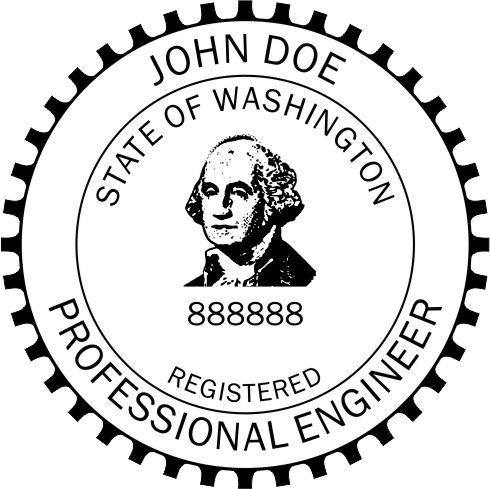
Such engineers in the United States use the letters PE after their name, signifying their status as a Professional Engineer. Stamps usually carry the words ‘Licensed Professional Engineer,’ or ‘Registered Professional Engineer,’ or just ‘Professional Engineer.’ For most fields of engineering, this is the highest level one can achieve. In some jurisdiction there is a higher level for Geotechnical Engineers known as the Licensed Engineering Geologist. For Structural Engineers there is the SE status.
The fifth step to becoming a licensed Structural Engineer is completion of a specified amount of work experience under the direct supervision of a Licensed Structural Engineer. The length of time is dependent on the State, but is typically two years beyond the date of passing the PE exam.

The application process is similar to the PE phase, references are sought to vouch for the candidates proficiency in structural work and questions are answered to make sure the required depth and breadth of experience has been gained in structural engineering. This experience will vary by jurisdiction, but generally it will involve work on projects of a certain size or complexity and/or performing seismic design.
The sixth step is successfully passing the Structural Engineering exam (SE). The name of this exam is somewhat confusing as NCEES considers it a Principles and Practice exam, but it is not taken in the same way as the Civil PE exam. To my knowledge there is no jurisdiction in the United States where a person could sit for the SE without first being a licensed Civil PE.
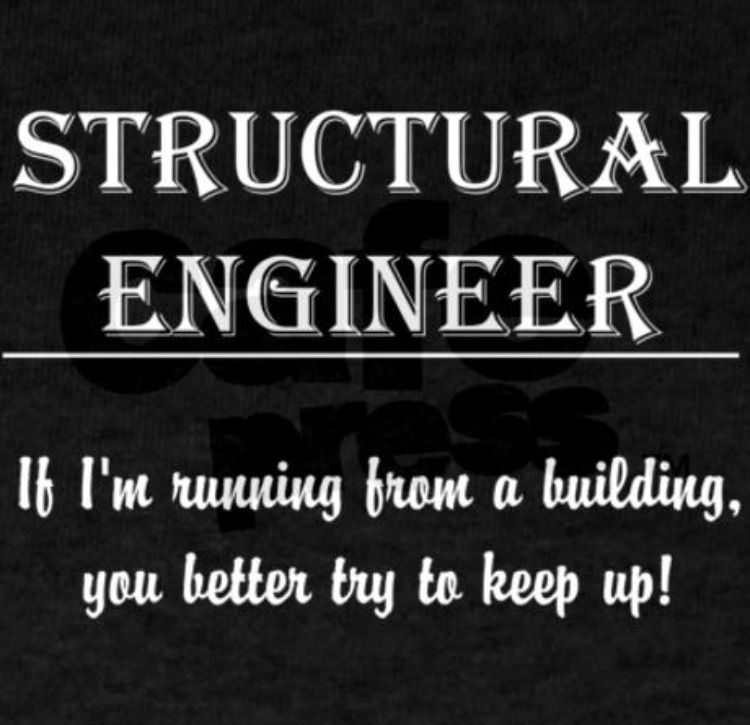
Originally, the exam was a national test (called the California exam). This eventually gave way to a confusing exam that allowed states to administer the exam in different ways. There was the Structural I, Structural II and the Structural III which was state specific. In Washington, you had to pass the Structural II and the III. Structural II was a national, multiple choice while the Structural III was at least partly open response.
The Structural III required Bridge examinees to take at least one Building question, making this a much more difficult exam – at least so say the people who had to take both. The older test was also given in LFD and referenced the AASHTO Standard Specification, something which endured up to the changeover to the new test circa 2011, some six or so years since the Bridge world had adopted LRFD.
Regardless of the era in which you took it, the SE is a nasty piece of work. The current exam is a national test (all States use the same exam) that is 16 hours taken in four blocks of four hours spread over two days. The current exam can be taken in halves during separate administrations, but once one part is passed the other must be passed within 5 years.
The first day of the exam is called ‘Vertical.’ This is because the first day tests you vertical forces, namely gravity loads. Dead load and live load being the most important, but also how a structure handles flexure, shear and axial load due to vertical forces. The morning block is multiple choice given over 4 hours and tests the various structural codes and materials, being heavily slanted toward building.
The afternoon block is given as three open response type questions, generally one longer and two shorter questions. The longer questions is generally an analysis question, whereas the other two are design problems. The examinee has the option of selecting the Bridge module or the Buildings module for the afternoon, and the questions will relate to one or the other. For Bridges, the analysis question may ask you to determine the demands of a particular member in a bridge while the design problems will ask you to check component’s resistances to some given demands.
The second day of the exam is called ‘Lateral.’ This is because the second day tests you on lateral forces, usually seismic, wind and other types such as braking loads or soil loading. Again, the morning block is multiple choice given over 4 hours and tests various structural codes and materials, and is again heavily slanted toward buildings.
The afternoon block is again open response, with the longer question usually being a seismic analysis question and the other questions involve design of components. Spread footings and shaft foundations could be equally likely to be seen, and usually an abutment problem will be here too.
It is important to remember that the exam is given without the use of a computer. Anything that a computer can do can be done by a human, just much slower. Pencil, paper and a calculator are all that are needed. Reference books, usually code books, can be brought in.
The SE has always been an open book examination. Observers will note the structural candidates as they carry their own libraries into the testing centers. Steel, concrete, timber and masonry all have their own material specific codebooks. Building loads are handled by the International Building Code and the ASCE 7 code. Bridge design is covered by its own 1,000+ page code book. A roller suitcase is encouraged.
The exam is geared heavily towards mastery of the material. The multiple choice questions are usually easy to answer, if you know where to find the answer in the code. If you don’t, you can spend the six minutes per question hunting for the answer – wasting precious time.
For the open response questions, neat handwriting is essential. Code annotations of your work show understanding of how the code is implemented, one of the ways you are being assessed. Thus it is not simply getting the correct answer, it is showing how the answer was arrived at. The problems will usually ask for a sketch of the solution for design problems. Details are important – did you remember to check minimum spacing of reinforcement? What about bolt edge spacing? These can make or break your score.
Once the exam is passed, the engineer is now allowed to use the title ‘Licensed Structural Engineer.’ While the law limits practice to the area of competence, it is generally agreed that the Structural Engineer is competent in all facets of structural engineering. Contrary to popular belief, your jurisdiction does not record what module you took to pass the test. Your license does not state ‘buildings’ or bridges.’
A word about continuing education. In the United States, whether continuing education is required for renewal of a license is up to your state. Washington and California do not require any continuing education to renew your license, typically every two years. However, Texas, Oregon and Idaho do require continuing education for renew. Texas requires renewal every year. It really just depends.
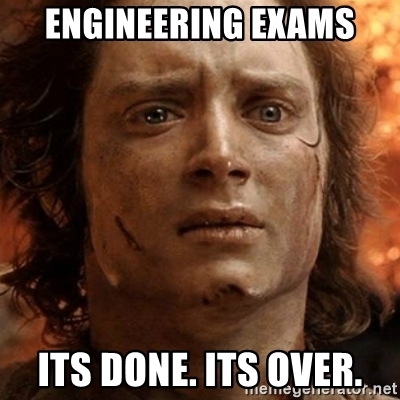
No further testing is required over the career of an engineer after passing the SE. Most engineers happily pay their renewal fee to avoid ever having to slog through that exam again. Others enjoy writing or grading the exam questions. These masochists lock themselves in hotel rooms in the obscure Greenville, South Carolina until the problems are written or problems graded. All for a small stipend. It is all about giving back to the profession that stressed you out.
So which profession has the most arduous examination process for licensure? Um, excuse me, have you been reading this!?
Physicians in the United States must pass the United States Medical Licensing Exam (USMLE). This beast is a three step process. Step 1 is a written 8 hour exam with seven blocks of an hour each, with no more than 280 questions total. It is usually taken after the second year of medical school. Step 2 is a written 9 hour exam with eight blocks of an hour each, with no more than 318 questions total. Step 3 is a written exam given over two days. Day 1 is 7 hours and 232 questions, while Day 2 is 9 hours and 180 questions.
The result of passing that mess is the ability to practice medicine without supervision. Total testing length is 33 hours, but is given by computer and is closed book. Somewhere in there is the residency or on the job training, although it is unclear to the author in what order this would occur. Most jurisdictions are going to require a residency to have a license, but whether this is tied to testing is a mystery.
Lawyers must pass the nasty bar exam in the United States to be able to practice. This is a 16 hour test given over two days, although it is closed book. The key difference here is that sitting for the bar exam generally does not require on the job training, although most graduate lawyers work while preparing for the test.
To sum it all up, structural engineering licensure is pretty comparable to the path to being a physician. Now, there is less education required to diagnose a bad bridge than that required to diagnose a dying patient, but on licensure alone, both require roughly the same amount of testing (32 hours for an SE vs. 33 hours for a physician).
Open book vs. closed book? Eh, if you knew how familiar I have to be with all those codes, it may as well be closed book.
And lawyers, come on. Everywhere else in the world the minimum legal degree is a Bachelors, but I guess because we’re such a litigious society here in the United States, we require a Juris Doctor plus a Bachelors. Even lawyers want to pretend to be doctors. They might very well think that, I couldn’t possibly comment.



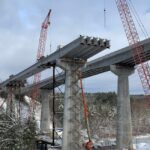




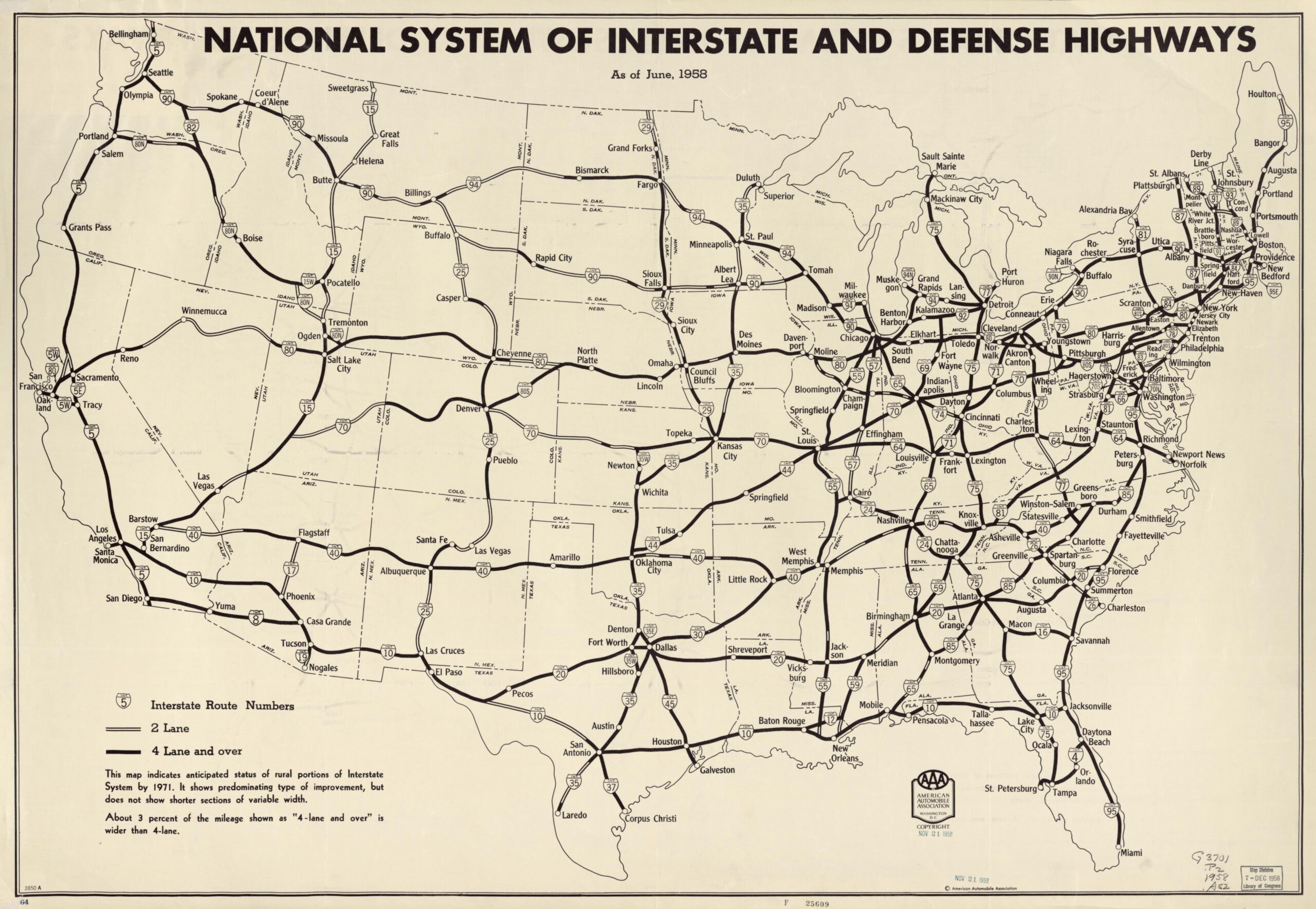
Wonderful blog post, true to the core. Although I’m loosely connected to structural engineering, but a friend of mine totally experiences this. Good work!